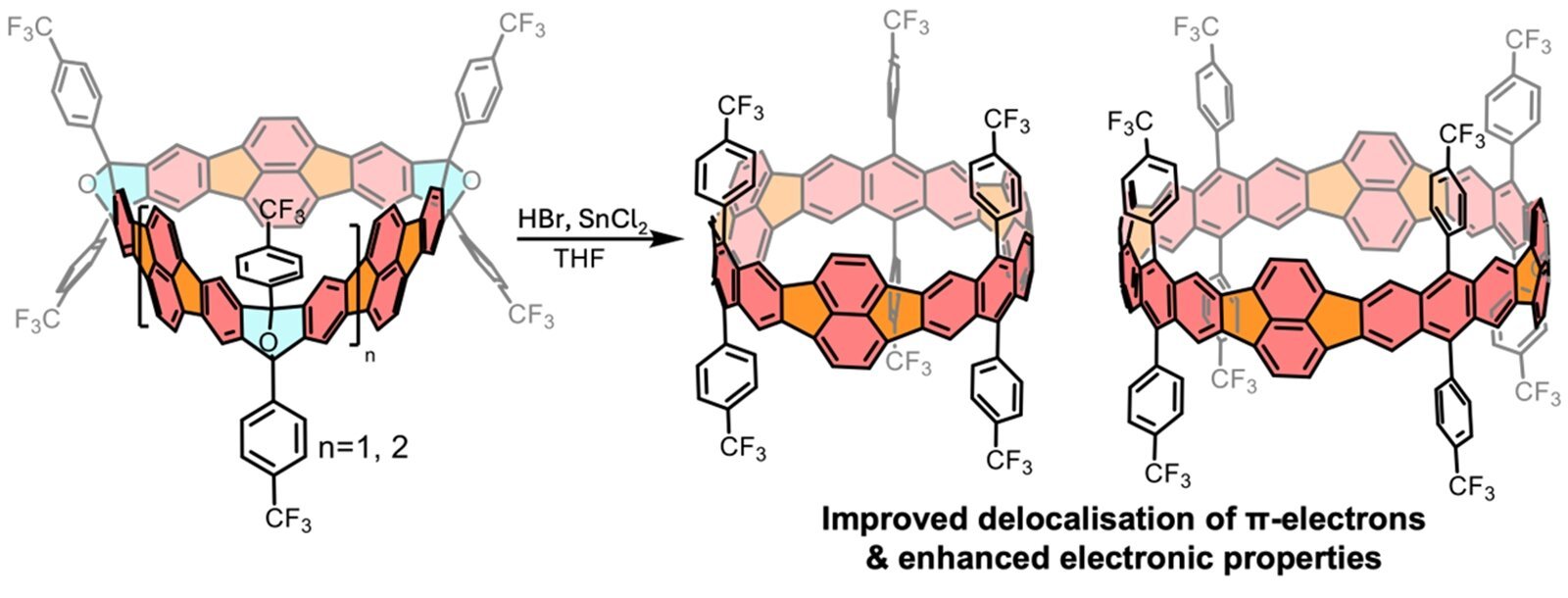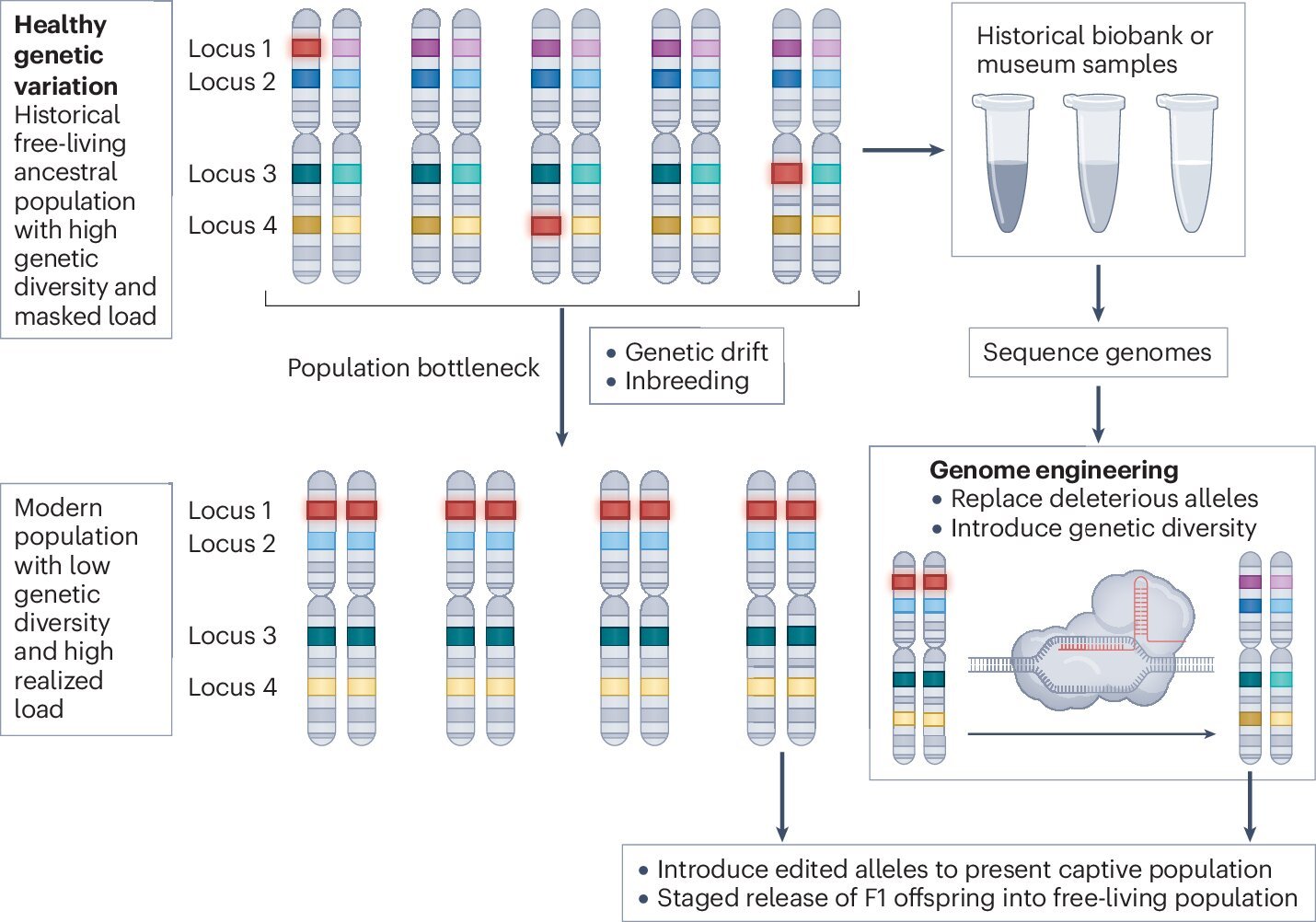
Chemists from the National University of Singapore (NUS) have synthesized a new class of carbon nanostructures: fully π-conjugated, pentagon-embedded non-alternant carbon nanobelts (CNBs). This achievement addresses a long-standing challenge in molecular design and opens avenues for next-generation organic semiconductors and quantum materials.
Led by Associate Professor CHI Chunyan from the Department of Chemistry, NUS, the research team developed CNBs featuring non-alternant carbon frameworks that enable enhanced electron delocalization and unique electronic properties. The work has been published in the journal Nature Synthesis.
CNBs are ring-shaped carbon molecules that resemble short segments of carbon nanotubes. Most previously reported CNBs consist of benzene rings arranged in a way that restricts electron flow to localized regions. To overcome this limitation, the NUS team incorporated five-membered cyclopentadienyl units, non-alternant structures that introduce curvature and moderate strain while allowing electrons to move more freely across the molecule.
Associate Professor Chi said, “Our goal was to create CNBs that are not only structurally novel but also electronically functional. Embedding non-alternant units was key to unlocking new electronic properties.”
The researchers created these novel nanobelts through a carefully designed multi-step chemical process. They began by assembling molecular building blocks using a Diels–Alder reaction, followed by a key step that removed oxygen atoms to form stable, fully conjugated ring structures.
This method successfully yielded two carbon nanobelts that emit bright red light under ultraviolet illumination and exhibit small energy gaps. These characteristics make them highly suitable for use in organic light-emitting diodes and solar cells.
One of the resulting CNBs can also be chemically oxidized into a charged form that exhibits an open-shell singlet ground state, an unusual electronic configuration linked to global aromaticity. Theoretical studies suggest this state behaves like two loosely coupled [32]annulenes with Baird-type aromaticity along its edges, offering new insights into charge and spin behavior in curved carbon systems.
“Our discoveries provide a new platform for exploring correlated electron behavior in carbon-based systems. This represents a significant step forward in reimagining how we design and utilize carbon nanostructures in future technologies,” added Associate Professor Chi.
More information:
Yi Han et al, Synthesis of fully π-conjugated non-alternant carbon nanobelts, Nature Synthesis (2025). DOI: 10.1038/s44160-025-00797-5
Provided by
National University of Singapore
Citation:
Fully π-conjugated carbon nanobelts: Synthetic breakthroughs and electronic innovation (2025, July 23)
retrieved 23 July 2025
from https://phys.org/news/2025-07-fully-conjugated-carbon-nanobelts-synthetic.html
This document is subject to copyright. Apart from any fair dealing for the purpose of private study or research, no
part may be reproduced without the written permission. The content is provided for information purposes only.




